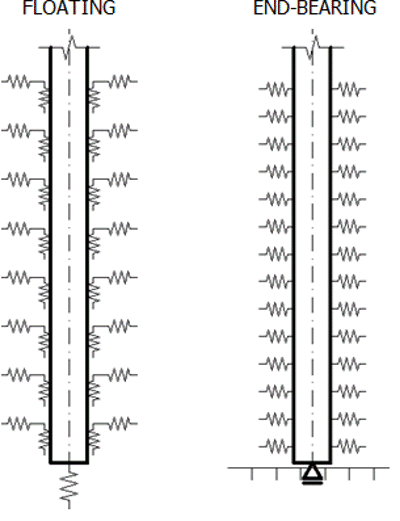My Short Answer:
Interaction of piling and soil is often represented with springs:
When a pile is driven, soil is "pushed" laterally away from the pile (compressed, like a spring). The soil pushes back (like a spring) against the pile, increasing the friction force between the soil and the pile. Friction force begins to increase shortly after driving stops, rapidly at first, then slowing down (exponential decay, I suppose).
My Long Answer:
Pile drivers make practical use of this concept when extracting previously driven piles:
Drive the existing pile a few inches deeper, then extract the pile. Equipment changeover from driving to extraction has to be made quickly (within a few minutes) since friction will begin noticeably increasing almost immediately.
For displacement piles, like wood or concrete, the effect is enhanced compared to steel piling. The large volume of displacement piles mean the soil is compressed more.
Driving additional displacement piles nearby will tend to compresses soil against piles that are in place - increasing soil-pile contact force.
Wood piles have other characteristics:
1) Wood piles are tapered, a change of about 1" diameter for each 10' of length for Southern Yellow Pine. Soil compression "wedges" the pile in place - at least for settling deeper.
2) Wood piles swell when they get wet (groundwater). Swelling tends to increase the soil-pile contact force.
Waiting 3 to 5 days after driving before testing sounds reasonable. (Probably about 3 to 5 half-lives of exponential decay).

